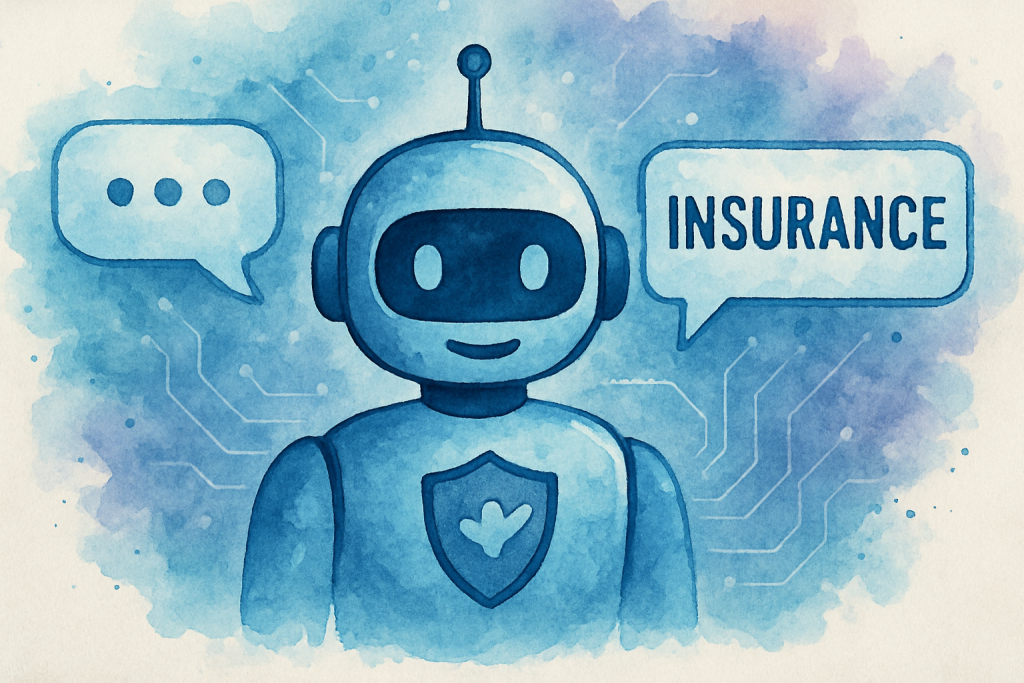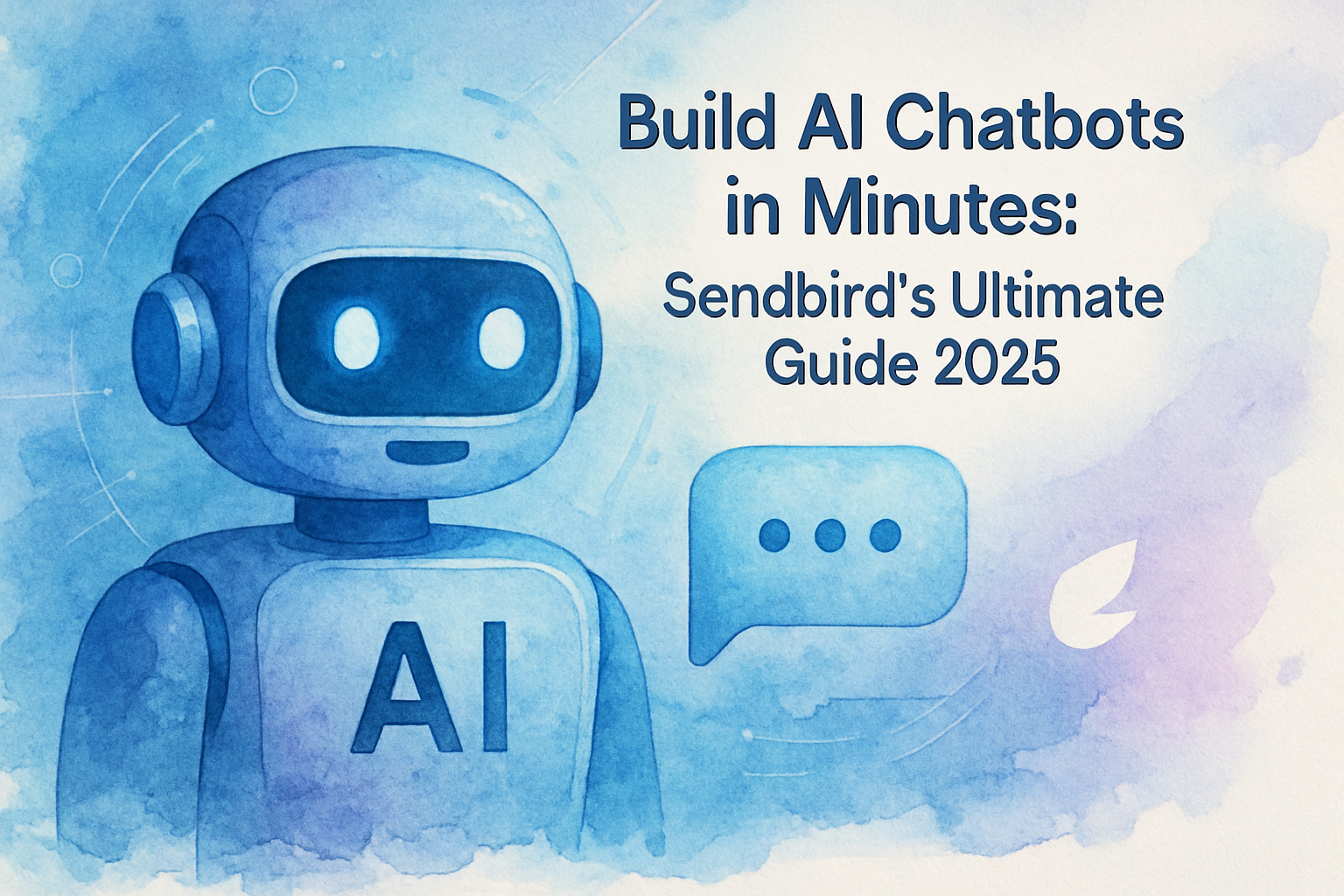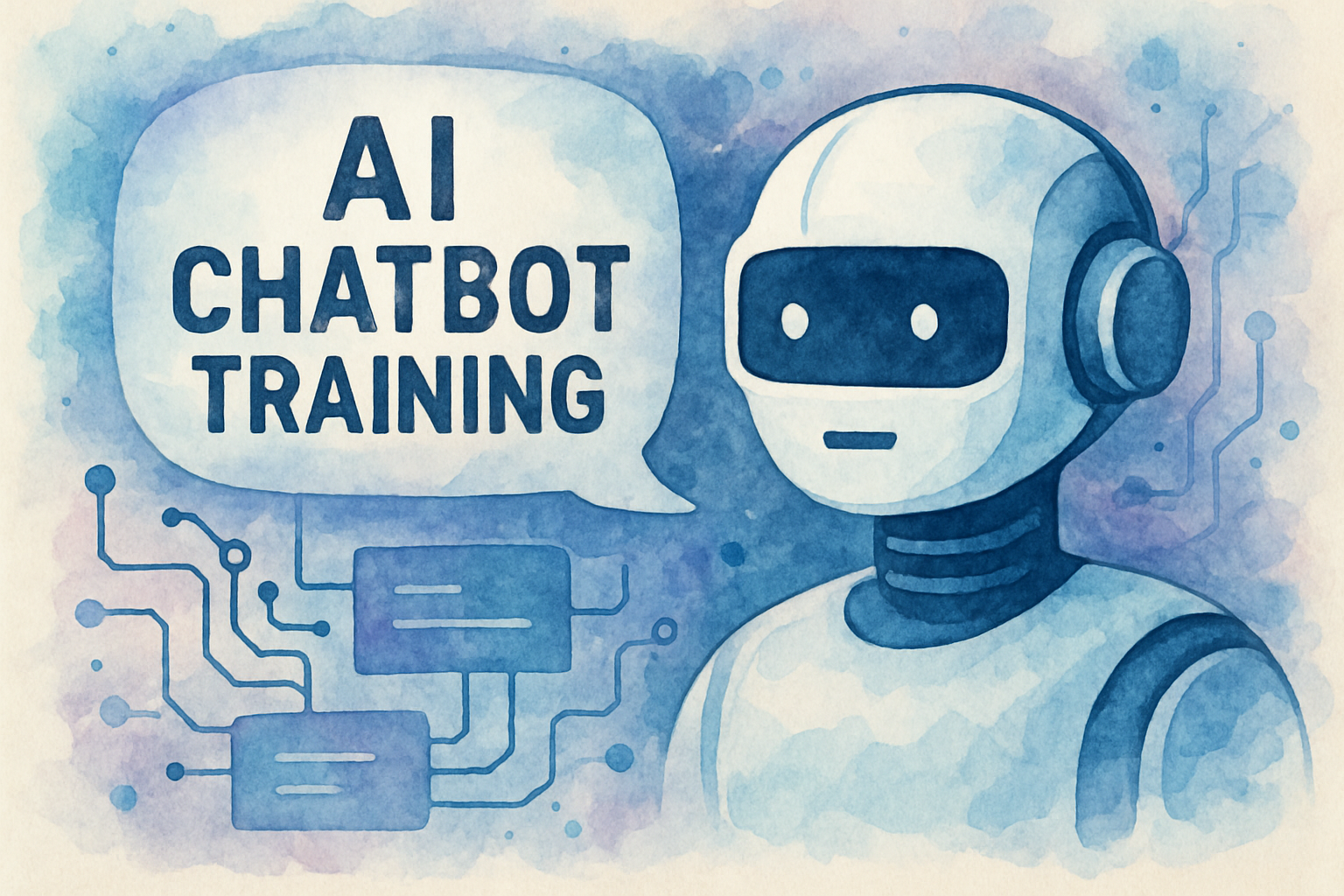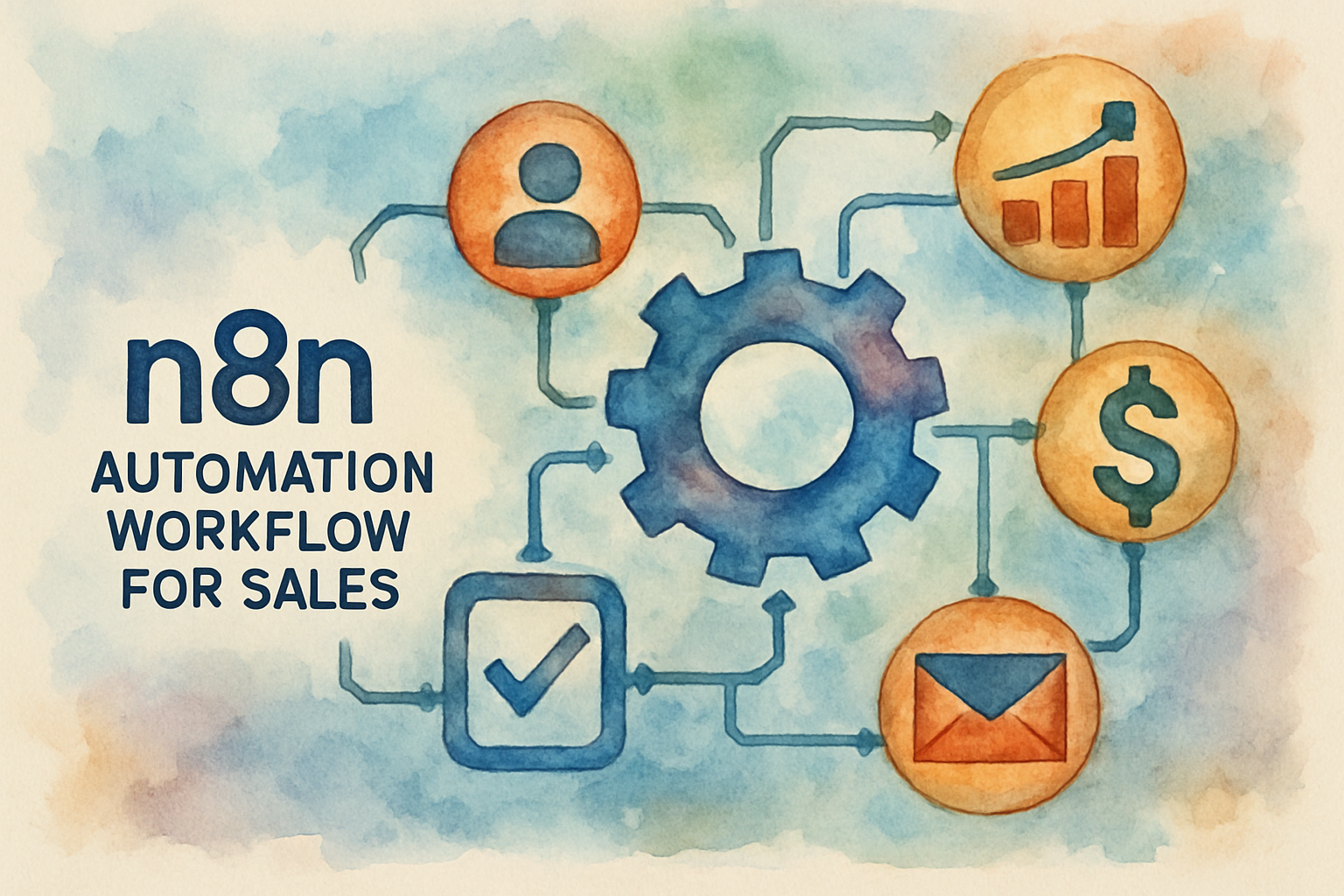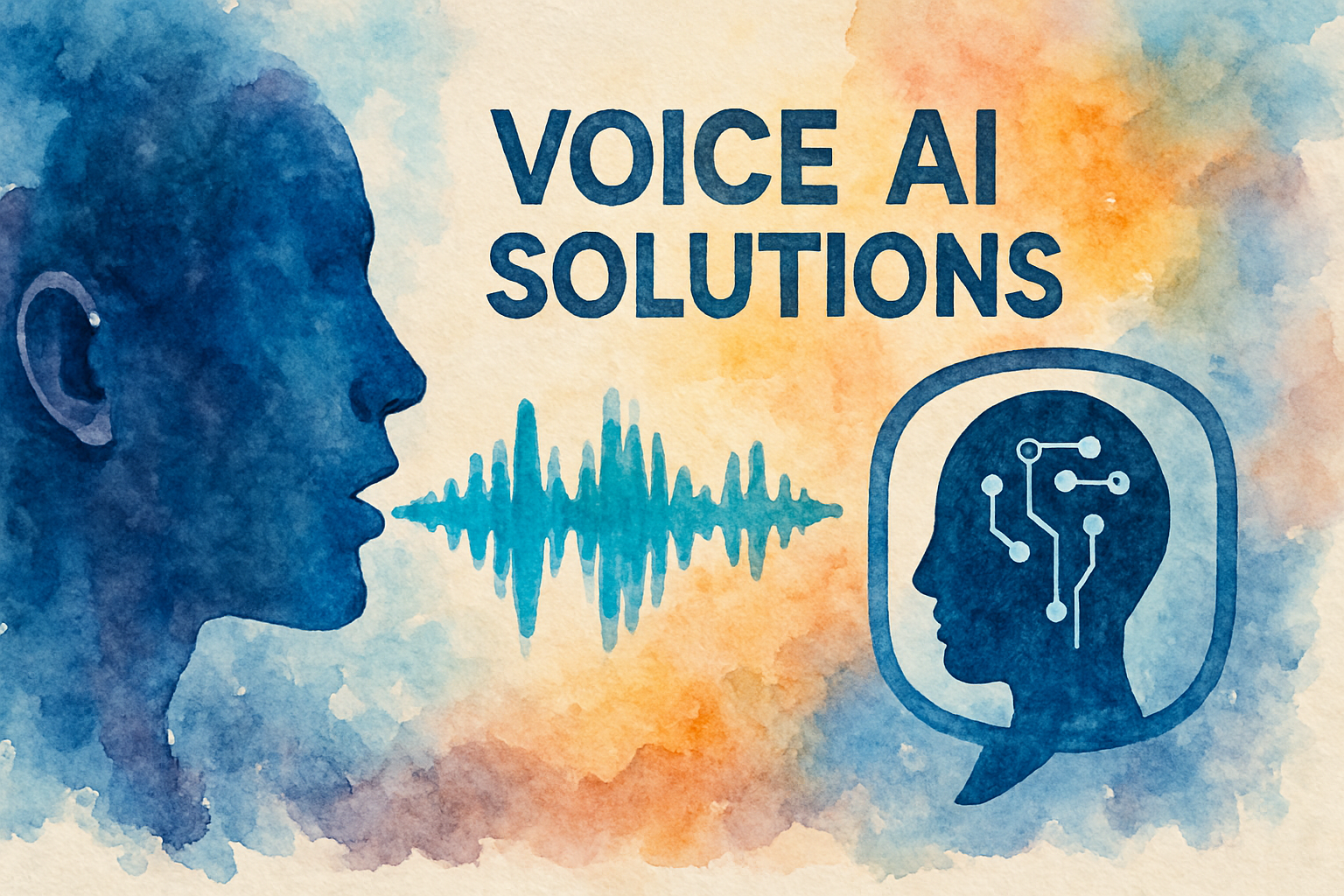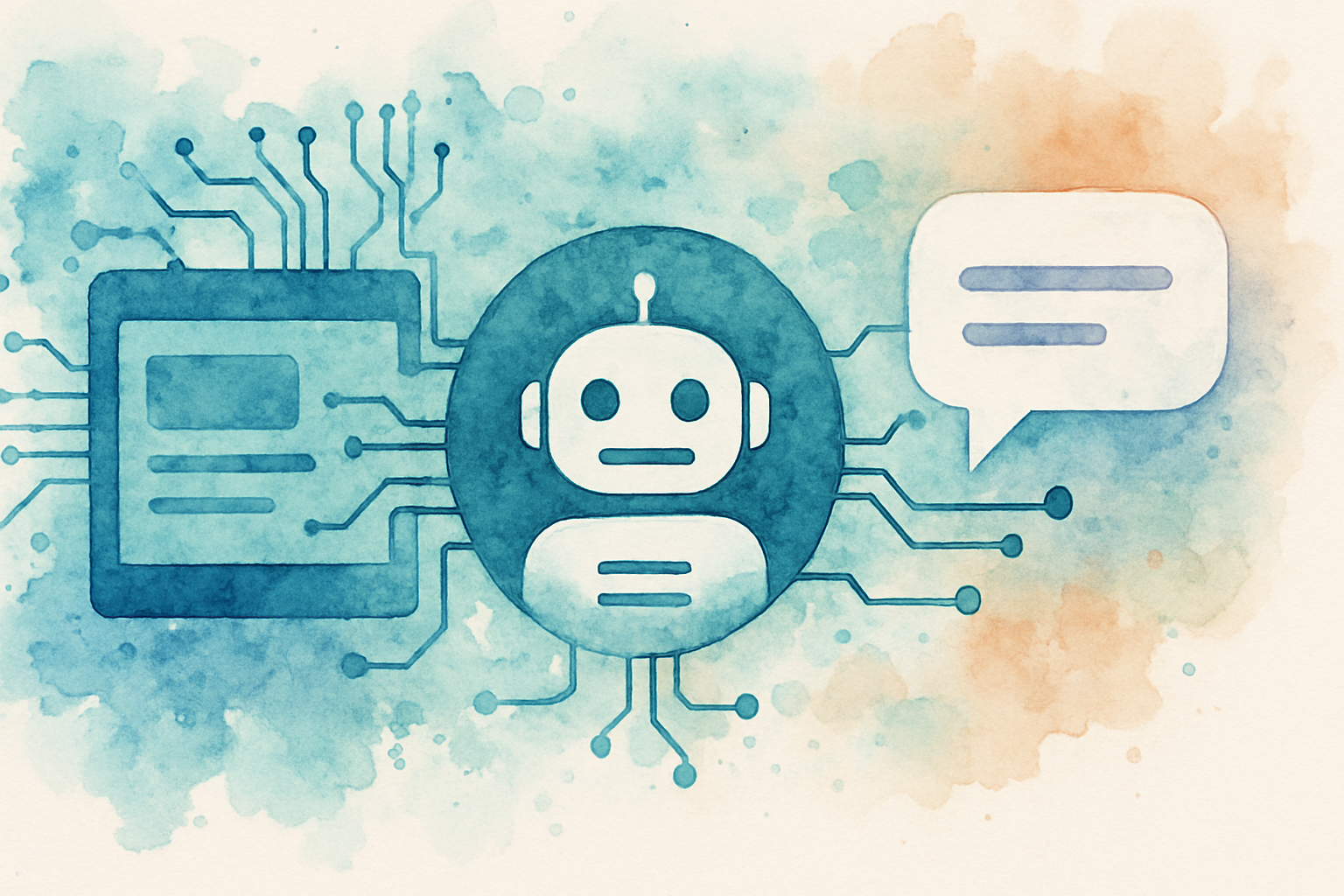How an Insurance AI Chatbot Can Change Your Insurance Business
In today’s fast-paced digital world, insurance companies are constantly seeking innovative ways to stay ahead of the competition and meet the ever-evolving needs of their customers. Enter the game-changing solution: the insurance AI chatbot. This cutting-edge technology is revolutionising the way insurance businesses interact with their clients, streamline operations, and boost overall customer engagement.
Gone are the days of long waiting times, complex claim processes, and frustrating customer service experiences. With an AI-powered chatbot, insurance companies can provide instant, personalised assistance 24/7, significantly enhancing the customer experience while simultaneously reducing operational costs.
In this comprehensive guide, we’ll explore how an insurance AI chatbot can transform your business, examine its numerous benefits, and provide you with practical implementation strategies to stay ahead in the competitive insurance market.
Understanding the Insurance AI Chatbot Revolution
Before we delve into the transformative power of AI chatbots in the insurance industry, let’s first understand what they are and why they’re causing such a stir in the sector.
What is an Insurance AI Chatbot?
An insurance AI chatbot is a sophisticated software application powered by artificial intelligence and machine learning algorithms. It’s designed to simulate human-like conversations with users, providing instant responses to queries, assisting with policy information, and even helping with claims processing. These chatbots can understand natural language, learn from interactions, and continuously improve their performance over time.
The Growing Trend of AI in Insurance
The adoption of AI chatbots in the insurance industry is not just a passing trend; it’s a fundamental shift in how companies operate and serve their customers. According to a recent report by Juniper Research, the global insurtech market is expected to grow from $5.4 billion in 2019 to $10.1 billion by 2024, with AI and chatbots playing a crucial role in this growth.
Moreover, a survey by Accenture found that 74% of insurance executives believe that AI will significantly transform the industry within the next three years. This statistic underscores the urgency for insurance companies to embrace AI chatbot technology or risk falling behind their more innovative competitors.
The Game-Changing Benefits of Implementing an Insurance AI Chatbot
Now that we understand what insurance AI chatbots are and their growing importance in the industry, let’s explore the transformative benefits they offer to insurance businesses and their customers.
1. Enhanced Customer Experience
- 24/7 Availability: AI chatbots provide round-the-clock assistance, ensuring that customers can get help whenever they need it, regardless of time zones or holidays.
- Instant Responses: Chatbots can provide immediate answers to common queries, significantly reducing wait times and improving customer satisfaction.
- Personalised Interactions: By leveraging customer data, AI chatbots can offer tailored recommendations and solutions, creating a more personalised experience.
2. Increased Operational Efficiency
- Automated Claims Processing: AI chatbots can handle routine claims, speeding up the process and freeing up human agents for more complex tasks.
- Reduced Workload: By handling a significant portion of customer inquiries, chatbots reduce the workload on human agents, allowing them to focus on high-value activities.
- Cost Savings: Implementing AI chatbots can lead to substantial cost savings in customer service operations, with some estimates suggesting up to 30% reduction in customer service costs.
3. Improved Lead Generation and Sales
- Proactive Engagement: AI chatbots can initiate conversations with website visitors, capturing leads and guiding them through the sales funnel.
- Cross-selling Opportunities: By analysing customer data and interaction history, chatbots can identify and suggest relevant additional products or services.
- Streamlined Quote Process: Chatbots can quickly gather necessary information and provide instant quotes, simplifying the purchasing process for customers.
4. Data-Driven Insights
- Customer Behaviour Analysis: AI chatbots collect valuable data on customer interactions, preferences, and pain points, providing insights for business improvement.
- Predictive Analytics: Advanced AI algorithms can analyse patterns in customer data to predict future trends and behaviours, helping insurers stay ahead of market changes.
- Performance Metrics: Chatbots provide detailed analytics on their performance, allowing companies to continuously refine and improve their customer service strategies.
Implementing an Insurance AI Chatbot: A Step-by-Step Guide
Now that we’ve explored the numerous benefits of insurance AI chatbots, let’s dive into a practical guide on how to implement this technology in your business.
1. Define Your Objectives
Before diving into implementation, clearly define what you want to achieve with your AI chatbot. Are you primarily focused on improving customer service, streamlining claims processing, or boosting sales? Having clear objectives will guide your implementation strategy and help measure success.
2. Choose the Right Platform
Select a chatbot platform that aligns with your needs and technical capabilities. Consider factors such as:
- Integration capabilities with your existing systems
- Customisation options
- Natural Language Processing (NLP) capabilities
- Scalability
- Analytics and reporting features
3. Design Your Chatbot’s Personality
Create a chatbot personality that aligns with your brand voice and resonates with your target audience. Consider aspects like tone, language style, and even giving your chatbot a name to make interactions more engaging and personable.
4. Develop Your Conversation Flow
Map out the various conversation paths your chatbot will need to handle. This includes:
- Greeting and introduction scripts
- Responses to common queries
- Steps for guiding users through processes like claims or quote requests
- Escalation procedures for complex issues requiring human intervention
5. Train Your AI Model
Feed your AI chatbot with relevant data to train its algorithms. This may include:
- Historical customer service transcripts
- Frequently asked questions and their answers
- Policy information and product details
- Regulatory compliance guidelines
6. Test and Refine
Before full deployment, thoroughly test your chatbot to ensure it’s functioning as intended. Conduct user acceptance testing with a small group of customers or employees. Use their feedback to refine and improve the chatbot’s performance.
7. Launch and Monitor
Once you’re confident in your chatbot’s capabilities, launch it to your customers. Continuously monitor its performance, gather user feedback, and analyse interaction data to identify areas for improvement.
Overcoming Challenges in Insurance AI Chatbot Implementation
While the benefits of insurance AI chatbots are clear, implementing this technology is not without its challenges. Here are some common obstacles and how to overcome them:
1. Data Privacy and Security Concerns
Challenge: Insurance companies deal with sensitive customer information, raising concerns about data privacy and security when implementing AI chatbots.
Solution: Ensure your chatbot platform complies with industry regulations like GDPR and HIPAA. Implement robust encryption methods and regularly audit your security measures. Be transparent with customers about how their data is used and protected.
2. Integration with Legacy Systems
Challenge: Many insurance companies operate on legacy systems that may not easily integrate with modern AI chatbot platforms.
Solution: Choose a chatbot solution that offers flexible integration options. Consider using API gateways or middleware solutions to bridge the gap between legacy systems and new technologies. Alternatively, this might be an opportunity to update outdated systems.
3. Maintaining the Human Touch
Challenge: There’s a risk of losing the personal touch that human agents provide, which is crucial in the insurance industry.
Solution: Design your chatbot to complement rather than replace human agents. Implement a seamless handoff process for complex issues that require human intervention. Use the chatbot’s personalisation capabilities to create a warm, empathetic tone in interactions.
4. Continuous Learning and Improvement
Challenge: AI chatbots require ongoing training and refinement to stay effective and up-to-date.
Solution: Establish a dedicated team responsible for monitoring chatbot performance, analysing user feedback, and continuously updating the AI model. Regularly review and update your chatbot’s knowledge base to ensure it stays current with policy changes and industry developments.
Conclusion: Embracing the Future of Insurance with AI Chatbots
The insurance industry is on the cusp of a digital revolution, and AI chatbots are at the forefront of this transformation. By implementing an insurance AI chatbot, you can significantly enhance customer engagement, streamline operations, and gain a competitive edge in an increasingly digital marketplace.
From providing 24/7 personalised assistance to automating claims processing and offering data-driven insights, the benefits of AI chatbots are too significant to ignore. While challenges exist, they are far outweighed by the potential for improved customer satisfaction, increased efficiency, and substantial cost savings.
As we’ve explored in this guide, successful implementation requires careful planning, the right technology choice, and a commitment to continuous improvement. By following the steps outlined and addressing potential challenges head-on, you can successfully integrate an AI chatbot into your insurance business and reap the rewards of this game-changing technology.
Are you ready to revolutionise your insurance business with AI chatbot technology? Don’t let your competition get ahead. Contact The Crunch today to schedule a free consultation and discover how we can help you implement a cutting-edge insurance AI chatbot tailored to your unique business needs. Click here to get started on your journey towards digital transformation and enhanced customer engagement.
Frequently Asked Questions (FAQ)
1. What is an insurance AI chatbot?
2. How does an insurance AI chatbot work?
3. What are the benefits of using an AI chatbot for insurance?
4. How do I get started with an insurance AI chatbot?
5. How much does an insurance AI chatbot cost?
6. How does an AI chatbot compare to traditional customer service?
7. Are insurance AI chatbots secure and compliant?
8. Can an AI chatbot help with filing insurance claims?
9. What types of insurance can AI chatbots support?
10. What are common concerns about using insurance AI chatbots?
11. Can insurance AI chatbots integrate with existing systems?
12. Do customers prefer using AI chatbots for insurance services?

